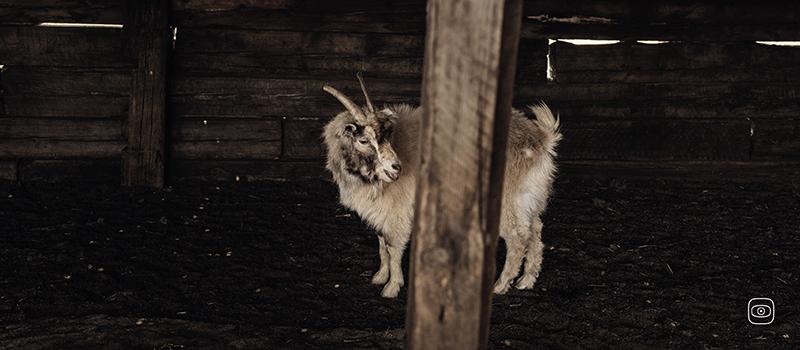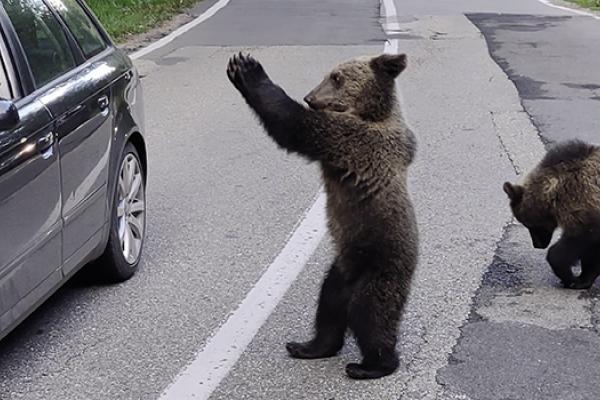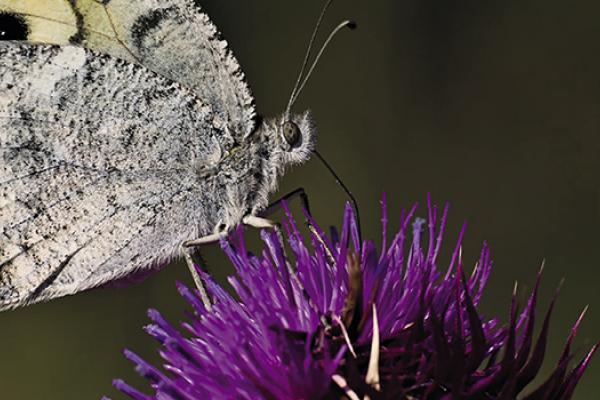Mongolia is the world’s second-largest producer of cashmere after China: more than 40% of the global raw fibre originates from its steppe. Over the past thirty years, the number of goats has risen from 7 to 22 million, degrading 76% of the country’s pastures and accelerating desertification.
In response to pressure from the luxury market, the Sustainable Fibre Alliance (SFA) was founded in London in 2015, backed by major brands such as Burberry, Kering and Hermès. The certification promises “sustainable cashmere” but offers few concrete benefits to herders: obtaining the label requires months of paperwork, while any economic premiums remain uncertain or non-existent.
According to official data, in 2023 the SFA certified 6,454 tonnes of fibre, most of which was destined for Italy. Yet full traceability remains elusive. European brands pay only three dollars more per kilo for “sustainable” cashmere, then sell garments for thousands of euros. Profits accumulate at the top of the supply chain, while Mongolian herders and factories continue to face debt, degraded pastures and increasingly harsh winters.
Image by Daniela Sala: Darkhan, Mongolia. A goat about to be combed during the cashmere season.






